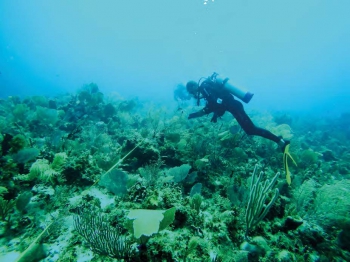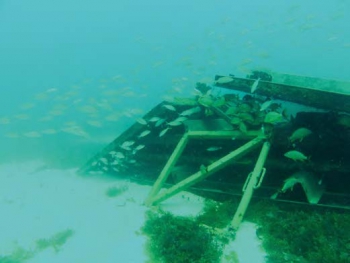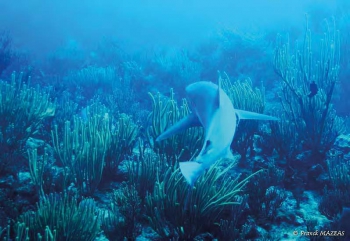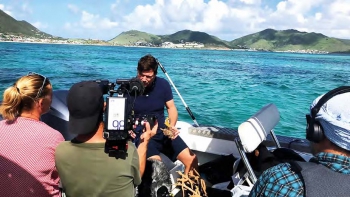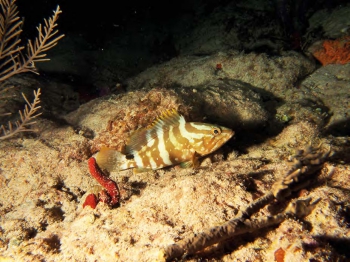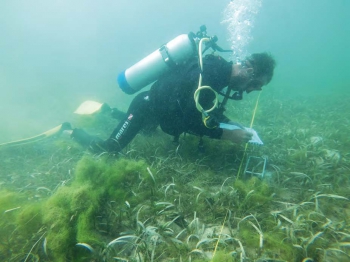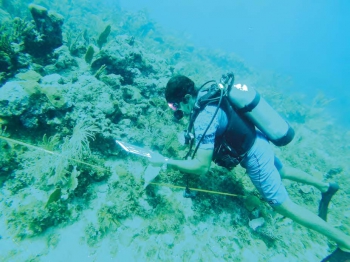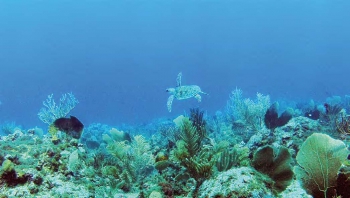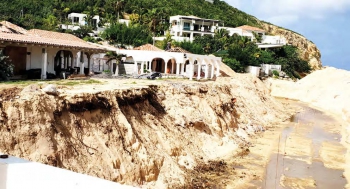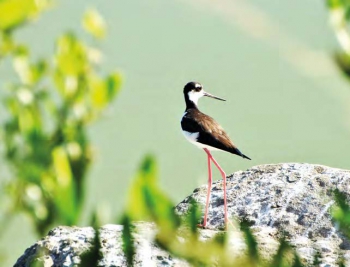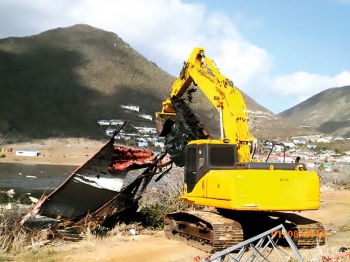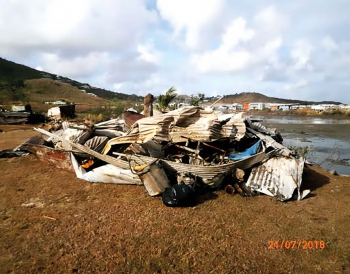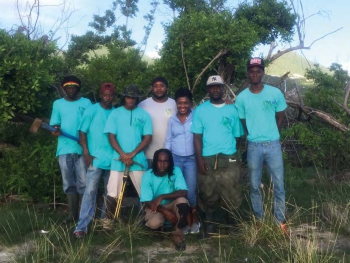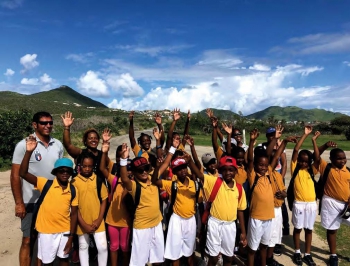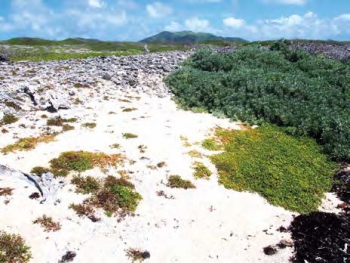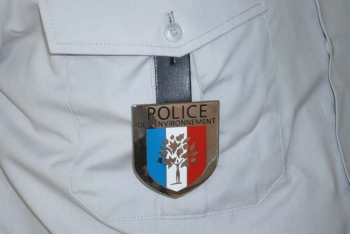It is now time to think about replanting the mangroves, which requires an agreement between ACED, the Conservatoire du Littoral and the Réserve Naturelle. After the cleanup and management by the Conservatoire, the Réserve Naturelle will take over. The ACED agents will dedicate the first six months of 2019 to the creative of a mangrove nursery, and the planting of trees in the impacted areas. Before this next step, they will benefit from theoretical and practical training led by Aude Berger and Anne-Marie Bouillé, who will teach them about the ecology of wetlands, the ecosystems of the mangroves and the ponds, as well as the role of environmental professions, especially that of a coastal warden. It took 141,000 euros to complete the clean-up of the Conservatoire’s sites, With the monies coming from the French Agency for Biodiversity, the Collectivité from government funds, and the Conservatoire du Littoral.
The taking of aerial photographs with the help of a drone preceded this vast ecological restoration project, in particular above the salt ponds in order to indentify the damage to the mangroves, verify the state of the outlets, and pinpoint the debris in the most inaccessible areas. After that step, ecologist Mélanie Haerteman and Anne-Marie Bouillé, head of the Conservatoire in Saint Martin, did a study of the ponds: hydrologic measures (temperature, oxygenation, salinity, currents), and checked the health of the flora and fauna, as well as mapping the debris. A list of recommendations was created, with priorities for each site, actions to avoid and those to promote.
In order to complete the funding request that was presented to the French Agency for Biodiversity last year, some ecological engineering work will be done in the next few weeks at he Etang de la Barrière, with the creation of channels to increase the flow of water at part of the site, as well as the clearing of the hydraulic connections between the Salines d’Orient and the Etang aux Poissons.
The total cost of this project (aerial photos, ecological study, clean-up and ecological engineering): 89,663 euros (80% AFB and 20% Conserva

